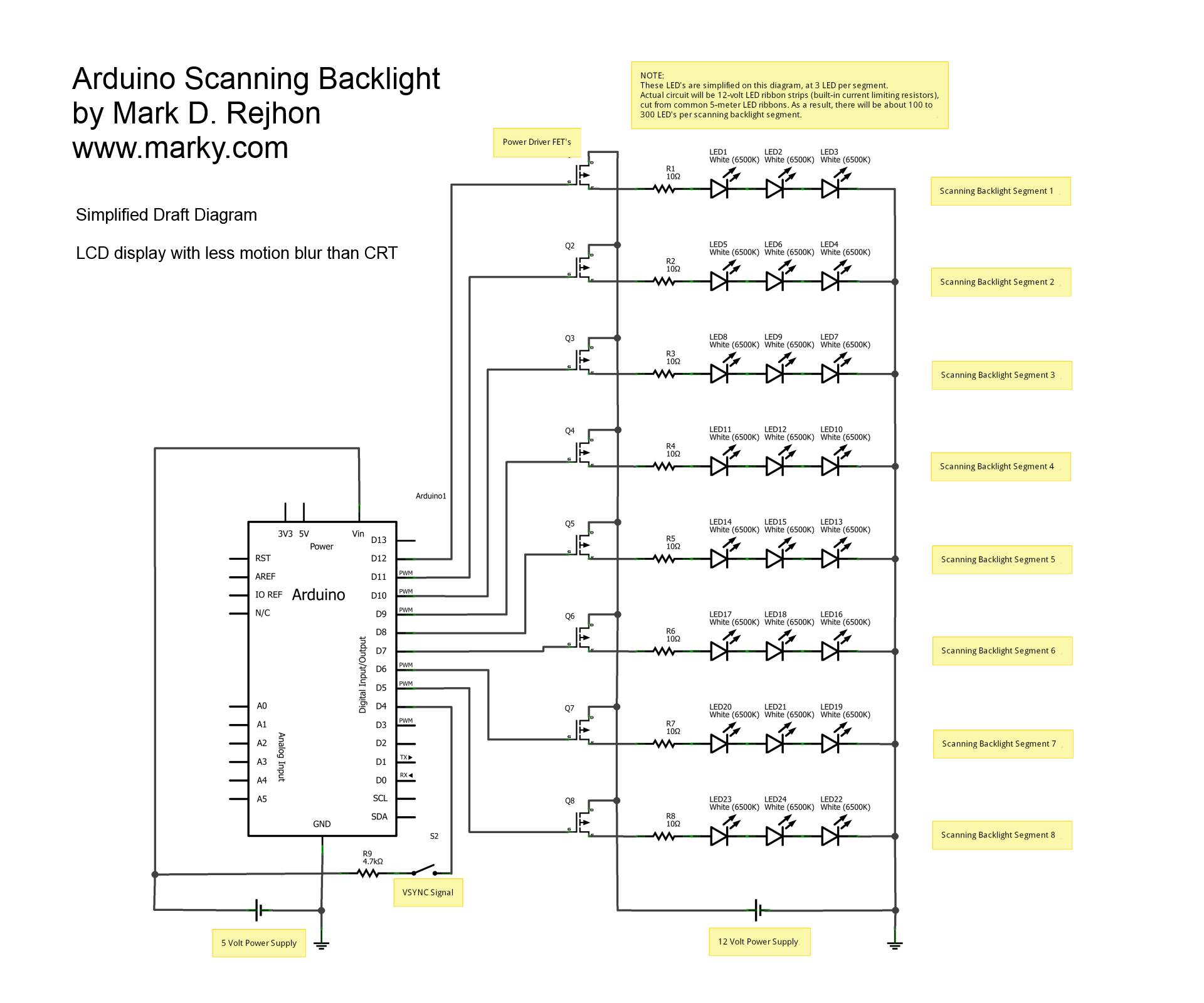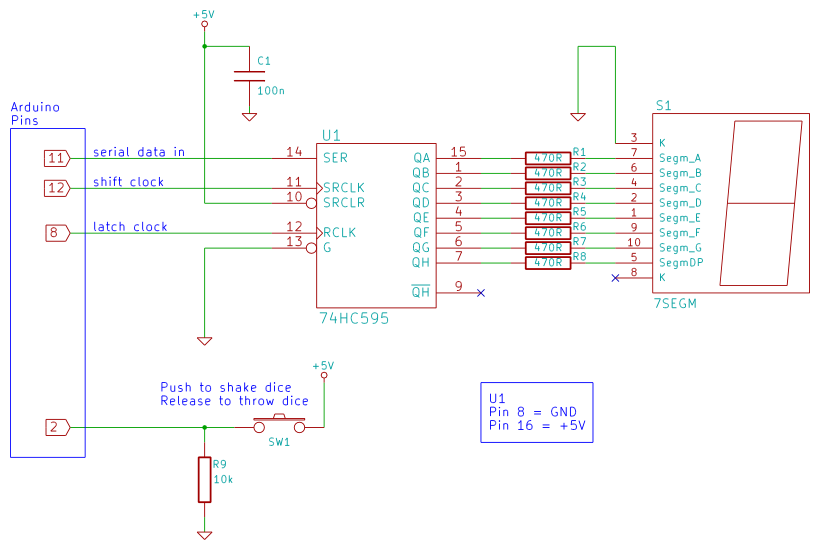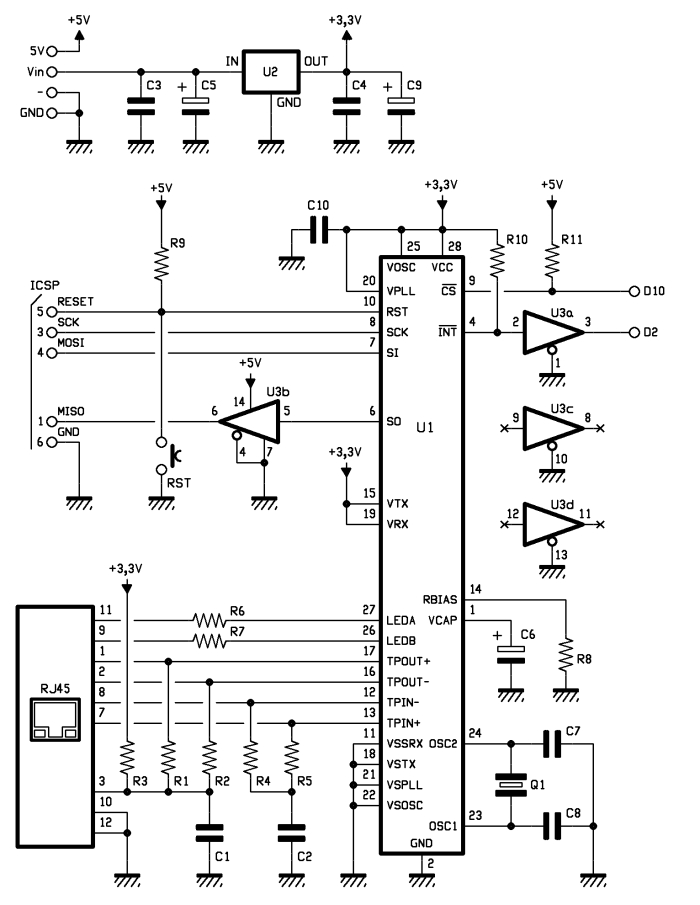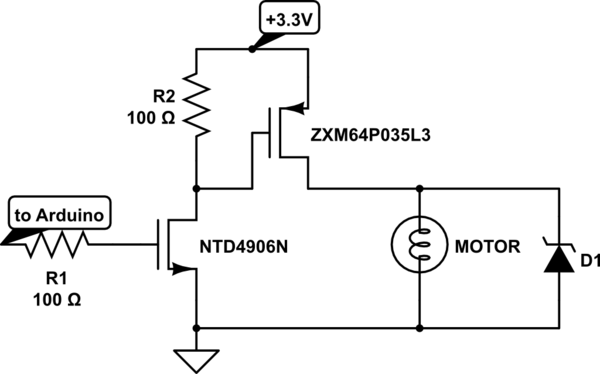
The Cylonduino Arduino Experiement
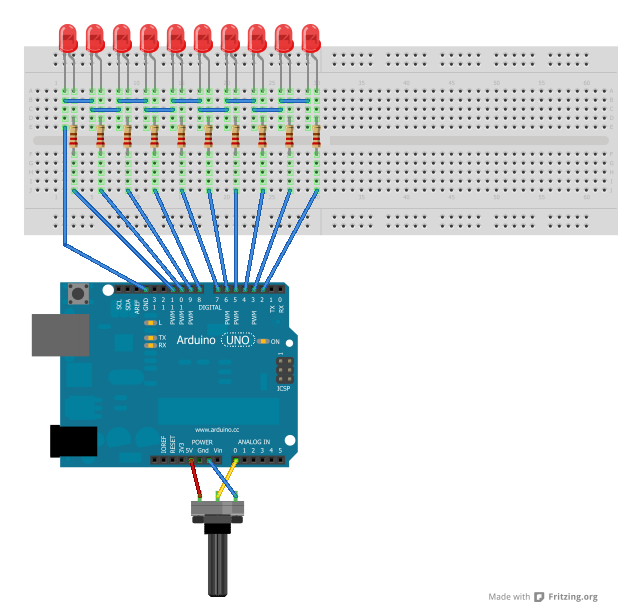
A significant amount of extra hours has been dedicated to work in anticipation of an editing deadline. Despite this, it is deemed appropriate to attempt some hardware hacking. An interest in electronics has existed since before the advent of computers, with extensive reading undertaken, though practical application was limited to kits purchased from Radio Shack. Given a renewed interest in Ham Radio, attention has shifted back to this long-standing hobby. Microcontrollers have recently become quite affordable. In the past, microcontrollers, often referred to as "BASIC Stamps," required expensive programmer boards and sometimes knowledge of assembly language. Modern microcontrollers are considerably simpler to use. Beyond a computer and a USB cable, minimal additional equipment is necessary to begin experimentation. When considering a purchase, two brands stood out: Parallax Quickstart and Arduino. Familiarity with Parallax existed, as it features a unique "barrel processor" with eight independent cores and a shared bus. Although this intriguing design captured interest, its complexity discouraged investment. Programming the Parallax board demands a certain level of finesse and may not be suitable for those lacking hands-on microcontroller experience. In contrast, the Arduino offers a more straightforward approach. The Arduino Uno is a single-core system operating at 16 MHz with 32 KB of onboard memory. It is available for purchase online from various vendors, including Adafruit, a female-led company, or at local Radio Shack locations, which still cater to enthusiasts seeking parts and kits. The Arduino platform is aggressively open source, encompassing both hardware and the integrated development environment (IDE), which is also available on multiple platforms, including Linux. Working with the Arduino platform is enjoyable due to its simplicity and the abundance of examples provided. Familiarity with C, C++, Java, PHP, or languages with similar syntax will facilitate ease of use. The code is not a traditional programming language but resembles a script. The IDE converts the code into C before compiling and uploading it to the microcontroller. The uploading process is straightforward: connect via USB, install a driver, and proceed. After the initial setup, only a connection and the "Upload" button in the IDE are needed. One of the initial projects envisioned is a Cylon or Knight Rider-style LED scanner, where lights blink in sequence from one side to the other and back again. The circuit design is relatively simple and is based on a modification of the Bargraph Example.
The proposed circuit for the Cylon or Knight Rider-style LED scanner utilizes an Arduino Uno as the primary microcontroller. The design will involve a series of LEDs arranged linearly to create the scanning effect. Each LED will be connected to a digital output pin on the Arduino, allowing for individual control. The circuit will require a resistor for each LED to limit the current and prevent damage, typically calculated using Ohm's law based on the forward voltage of the LED and the supply voltage.
The basic schematic will include the Arduino Uno connected to a power source, which can be supplied via USB or an external power adapter. The digital pins used for the LEDs will be configured in the Arduino code, which will dictate the sequence in which the LEDs are turned on and off. The pattern will be programmed to create a left-to-right scanning effect followed by a right-to-left return, simulating the iconic visual from the original Knight Rider series.
In addition to the LEDs, a breadboard may be employed for prototyping, allowing for easy adjustments and modifications to the circuit layout. Jumper wires will connect the LEDs to the appropriate pins on the Arduino, with ground connections made to the common ground on the breadboard. The Arduino IDE will be utilized to write and upload the code to the microcontroller, which will handle the timing and sequencing of the LED activation.
This project serves as an excellent introduction to microcontroller programming and circuit design, demonstrating fundamental concepts such as digital output control, timing functions, and the importance of current-limiting resistors in LED circuits. The simplicity of the Arduino platform combined with the creative potential of this project makes it an ideal choice for both beginners and those looking to rekindle their interest in electronics.I`ve been putting in a lot of extra hours at work the last week in anticipation of an editing deadline. Despite this, I thought it was about time that I attempt a little hardware hacking. Even before computers, I was facinated by electronics. I read book after book, but had little success in applying any of that knowledge beyond kits bought from R
adio Shack. Given my recently revived interest in Ham Radio, it was only a matter of time before I`d turn my attention back to this, my oldest of hobbies. Microcontrollers have recently become surprisingly affordable. It used to be that a microcontrollers, or "BASIC Stamps" as one early product line called itself, that you needed expensive programmer boards and in some cases, knowledge of assembly.
Today`s microcontrollers are much, much simplier. Beyond a computer and a USB cable, you really don`t need much to start experimenting. When I first looked into buying one, two brands immediately came to mind, the Parallax Quickstart andthe Arduino. I`ve heard of the Parallax before. That esoteric little board is based on a "barrel processor", with 8 independant cores and one shared bus.
It`s interesting approach certainly captured my interest, but the complexity kept me from investing. Programming the Parallax board requires some finesse, and is probably not the best idea if you haven`t any previous hands-on microcontroller experience. The Arduino, on the other hand, is a lot more straightforward. The Arduino Uno a single core system running at 16Mhz with 32K of on board memory. You can purchase it online from a variety of vendors (although I`m fond of female-led Adafruit), or your local Radio Shack.
Yes, Radio Shack. Apparently they got the idea that people still like buying parts and kits. While no Fry`s Electronics, Radio Shack has a respectable little section of toys, including the Arduino. The Arduino is agressively open source - both the hardware and the IDE are open source. The latter even is available on multiple platforms, Linux included (yay!). Working with the Arduino platform is a joy. The code is simple, and has plentiful examples. If you`re familiar with C, C+, Java, PHP, or languages with similar syntax, you`ll be right at home. The code isn`t a "real" programming language, but closer to a script. The IDE transforms your code into C prior to compiling and uploading to your microcontroller. Uploading is also joyously simple: Connect USB, install a driver, and you`re good. Once set up for the first time, you only need to connect and hit "Upload" on the IDE. One of the first things I wanted to do was build a Cylon, or Knightrider-esque LED scanner. The lights blink on in sequence from one side to the other, and then back again. The circuit is pretty simple and is based on a modification of the Bargraph Example. 🔗 External reference
The proposed circuit for the Cylon or Knight Rider-style LED scanner utilizes an Arduino Uno as the primary microcontroller. The design will involve a series of LEDs arranged linearly to create the scanning effect. Each LED will be connected to a digital output pin on the Arduino, allowing for individual control. The circuit will require a resistor for each LED to limit the current and prevent damage, typically calculated using Ohm's law based on the forward voltage of the LED and the supply voltage.
The basic schematic will include the Arduino Uno connected to a power source, which can be supplied via USB or an external power adapter. The digital pins used for the LEDs will be configured in the Arduino code, which will dictate the sequence in which the LEDs are turned on and off. The pattern will be programmed to create a left-to-right scanning effect followed by a right-to-left return, simulating the iconic visual from the original Knight Rider series.
In addition to the LEDs, a breadboard may be employed for prototyping, allowing for easy adjustments and modifications to the circuit layout. Jumper wires will connect the LEDs to the appropriate pins on the Arduino, with ground connections made to the common ground on the breadboard. The Arduino IDE will be utilized to write and upload the code to the microcontroller, which will handle the timing and sequencing of the LED activation.
This project serves as an excellent introduction to microcontroller programming and circuit design, demonstrating fundamental concepts such as digital output control, timing functions, and the importance of current-limiting resistors in LED circuits. The simplicity of the Arduino platform combined with the creative potential of this project makes it an ideal choice for both beginners and those looking to rekindle their interest in electronics.I`ve been putting in a lot of extra hours at work the last week in anticipation of an editing deadline. Despite this, I thought it was about time that I attempt a little hardware hacking. Even before computers, I was facinated by electronics. I read book after book, but had little success in applying any of that knowledge beyond kits bought from R
adio Shack. Given my recently revived interest in Ham Radio, it was only a matter of time before I`d turn my attention back to this, my oldest of hobbies. Microcontrollers have recently become surprisingly affordable. It used to be that a microcontrollers, or "BASIC Stamps" as one early product line called itself, that you needed expensive programmer boards and in some cases, knowledge of assembly.
Today`s microcontrollers are much, much simplier. Beyond a computer and a USB cable, you really don`t need much to start experimenting. When I first looked into buying one, two brands immediately came to mind, the Parallax Quickstart andthe Arduino. I`ve heard of the Parallax before. That esoteric little board is based on a "barrel processor", with 8 independant cores and one shared bus.
It`s interesting approach certainly captured my interest, but the complexity kept me from investing. Programming the Parallax board requires some finesse, and is probably not the best idea if you haven`t any previous hands-on microcontroller experience. The Arduino, on the other hand, is a lot more straightforward. The Arduino Uno a single core system running at 16Mhz with 32K of on board memory. You can purchase it online from a variety of vendors (although I`m fond of female-led Adafruit), or your local Radio Shack.
Yes, Radio Shack. Apparently they got the idea that people still like buying parts and kits. While no Fry`s Electronics, Radio Shack has a respectable little section of toys, including the Arduino. The Arduino is agressively open source - both the hardware and the IDE are open source. The latter even is available on multiple platforms, Linux included (yay!). Working with the Arduino platform is a joy. The code is simple, and has plentiful examples. If you`re familiar with C, C+, Java, PHP, or languages with similar syntax, you`ll be right at home. The code isn`t a "real" programming language, but closer to a script. The IDE transforms your code into C prior to compiling and uploading to your microcontroller. Uploading is also joyously simple: Connect USB, install a driver, and you`re good. Once set up for the first time, you only need to connect and hit "Upload" on the IDE. One of the first things I wanted to do was build a Cylon, or Knightrider-esque LED scanner. The lights blink on in sequence from one side to the other, and then back again. The circuit is pretty simple and is based on a modification of the Bargraph Example. 🔗 External reference
